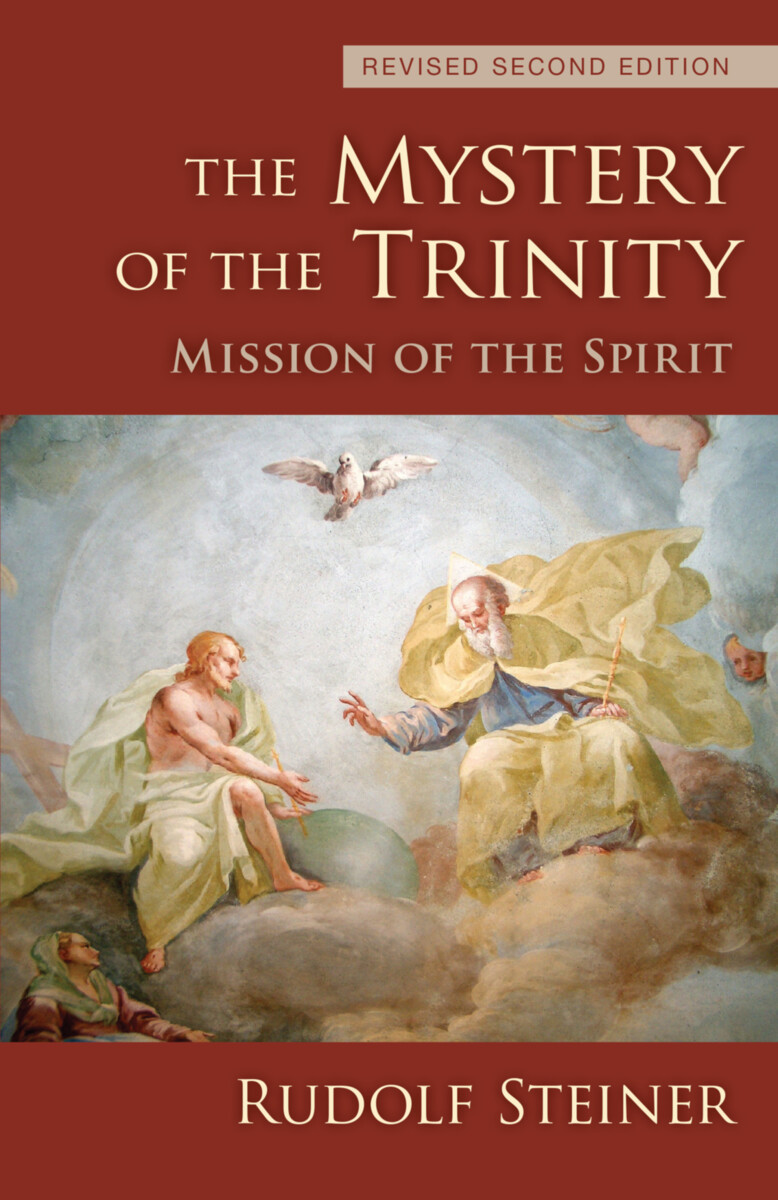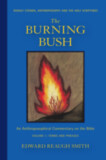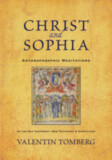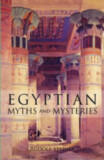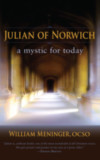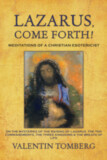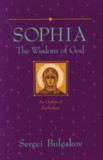The Mystery of the Trinity Edition 2 Revised and Updated
Mission of the Spirit (CW 214)
- Publisher
SteinerBooks - Published
2nd September 2016 - ISBN 9781621480952
- Language English
- Pages 160 pp.
- Size 5.5" x 8.5"
8 lectures in Dornach, Oxford, and London, July and August 1922 (CW 214)
Revised and Updated 2nd Edition
In these exciting lectures given in 1922, Rudolf Steiner explores the practical consequences of Christian theological spiritual facts as they unfold in human consciousness.
In part one, “The Mystery of the Trinity,” Steiner begins with the early Gnostic understanding of the Christ event from within. He shows how medieval theology reached an exoteric view of the spiritual world. It was this view that, coupled with the rise of abstract intellectuality, led to the separation of faith and knowledge that denied humanity access to suprasensory worlds. Using examples from Dionsyius the Areopagite, John Scotus Eriugena, Paracelsus, and Goethe, Steiner then lays the foundations for a path to the suprasensory that would unite faith and knowledge, through the spirit, in a full trinitarian understanding of the human being and the cosmos.
Part two, “The Mission of Spirit,” consists of lectures given in England that deepen our understanding of the Trinity as this may be known through the spirit. The first lecture deals in a remarkable way with practice and stages of meditation. On the basis of such meditation, Steiner shows how we can begin to understand the cosmic origin of the human being and the meaning of The Mystery of Golgotha for humanity and the cosmos. Above all, he stresses, meditation will allow us to realize the foundations of true knowledge: Ex deo nascimur (We are born of God); In Christo morimur (In Christ we die); Per spiritum sanctum reviscimus (Through the Holy Spirit we are reborn).
“What is an Imagination? If you were to ask this, we could answer that the plants are all Imaginations, but as Imaginations they are visible only to imaginative consciousness. That they are also visible to the physical eye is due to the fact that they are filled with physical particles whereby the etheric is rendered visible in a physical way to the physical eye. But if we want to speak correctly, we should never say that in the plant we are seeing something physical. In the plants we are seeing genuine Imaginations. We have Imaginations all around us in the forms of the plant world” (from lecture two).
This work is a translation of lectures 1 to 4 and 8 to 11 of Das Geheimnis der Trinität: Der Mensch und sein Verhältnis zur Geisteswelt im Wandel der Zeiten(GA 214).
C O N T E N T S:
PART ONE: THE MYSTERY OF THE TRINITY
Lecture One
Lecture Two
Lecture Three
Lecture Four
PART TWO: THE MISSION OF SPIRIT
Meditation: The Path to Higher Knowledge
The Cosmic Origin of the Human Form
The Mystery of Golgotha
The Other Side of Human Existence
Notes
Rudolf Steiner
Rudolf Steiner (b. Rudolf Joseph Lorenz Steiner, 1861–1925) was born in the small village of Kraljevec, Austro-Hungarian Empire (now in Croatia), where he grew up. As a young man, he lived in Weimar and Berlin, where he became a well-published scientific, literary, and philosophical scholar, known especially for his work with Goethe’s scientific writings. Steiner termed his spiritual philosophy anthroposophy, meaning “wisdom of the human being.” As an exceptionally developed seer, he based his work on direct knowledge and perception of spiritual dimensions. He initiated a modern, universal “spiritual science” that is accessible to anyone willing to exercise clear and unbiased thinking. From his spiritual investigations, Steiner provided suggestions for the renewal of numerous activities, including education (general and for special needs), agriculture, medicine, economics, architecture, science, philosophy, Christianity, and the arts. There are currently thousands of schools, clinics, farms, and initiatives in other fields that involve practical work based on the principles Steiner developed. His many published works feature his research into the spiritual nature of human beings, the evolution of the world and humanity, and methods for personal development. He wrote some thirty books and delivered more than six thousand lectures throughout much of Europe. In 1924, Steiner founded the General Anthroposophical Society, which today has branches around the world.


